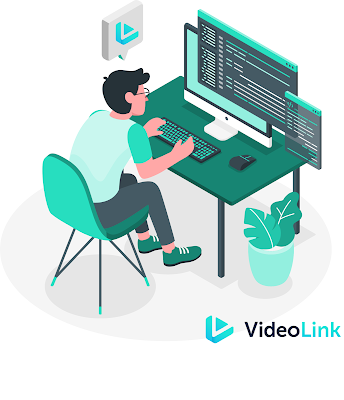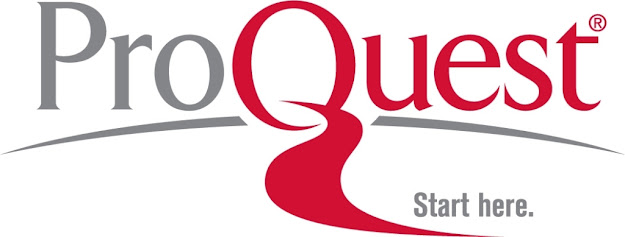"The Young Adult Reading Program (YARP) committee is excited to announce our new logo for the SD Teen Choice Book Awards. Thank you to Lucy Wang from Siouxland Libraries for taking the lead on designing a new logo that will look great on our future posters."
-- Elizabeth Hoffman, YARP Committee Chair

|
2020 Design by Lucy Wang,
Teen Services Librarian, Siouxland Libraries |
Along with the new logo, the nominees for the 2020-2021 school year is also released. You will also find updated downloads including labels for you to use in your library as well as the 2020-2021 Almost Made it list.
Teen Choice Book Awards voting runs October 1st through April 1st.
All the details are available at library.sd.gov
Laura Kelly from the SD State Library interviewed Lucy Wang, designer of the new 2020 logo, and just for fun, also interviewed Wynne Nafus Sayer, designer of the previous 2007 logo.
What was the inspiration of the 2020 design?
We really wanted to add a pop of color to the design. I started by looking at other logos for teen awards, and one piece of inspiration was the Teen Choice Awards that airs on Fox each year.
What was the most challenging part of the logo design process?
The most challenging part of the logo design process was coming up with ideas that would be in agreement for most of the committee members. The symbol of the coyote has been with YARP since the beginning. I have heard that the origination of the term YARP was because that is the sound a coyote makes - and it just happened to also be the letters in Young Adult Reading Program. Regardless of the origin, some members of the committee felt it was necessary to keep the coyote in the logo while others felt that it was time to move on from the image as it did not make sense with the mission of the group. In the end, we found a way to incorporate the coyote while also modernizing the entire look.
Are there elements of the new YARP design you hope teens will identify with?
I hope teens will identify with the "new" title, that is "SD Teen Choice Awards" rather than "YARP." YARP is certainly less of a mouthful, but it's not as self-explanatory as a teen choice award. Having our new logo reflect our updated title will also help us as librarians to promote it as the teen choice awards.

|
2007 Design by Wynne Nafus Sayer,
SDSL Information Officer/Webmaster |
What was the inspiration of the 2007 design?
The inspiration that Jasmine (Rockwell, SDSL) had given me was the coyote and graphic novels. We went through several variations before we decided on the main graphic. I've worked for the SDSL since 2006, and I really don't think that YARP had a logo previously – or at least I haven't found anything in our website archives, anyway.
What was the most challenging part of the logo design process?
Finalizing a design that will work in several areas – website, posters, labels, etc. The best part was going to parent-teacher conferences at my kids' school years later and seeing my design in the library's display case with that year's YARP books.
Are there elements of the new YARP design you hope teens will identify with?
I love Lucy's design!! It's colorful, bright, creative and engaging! I really think that teens will find something in the simplicity that speaks to them.










































